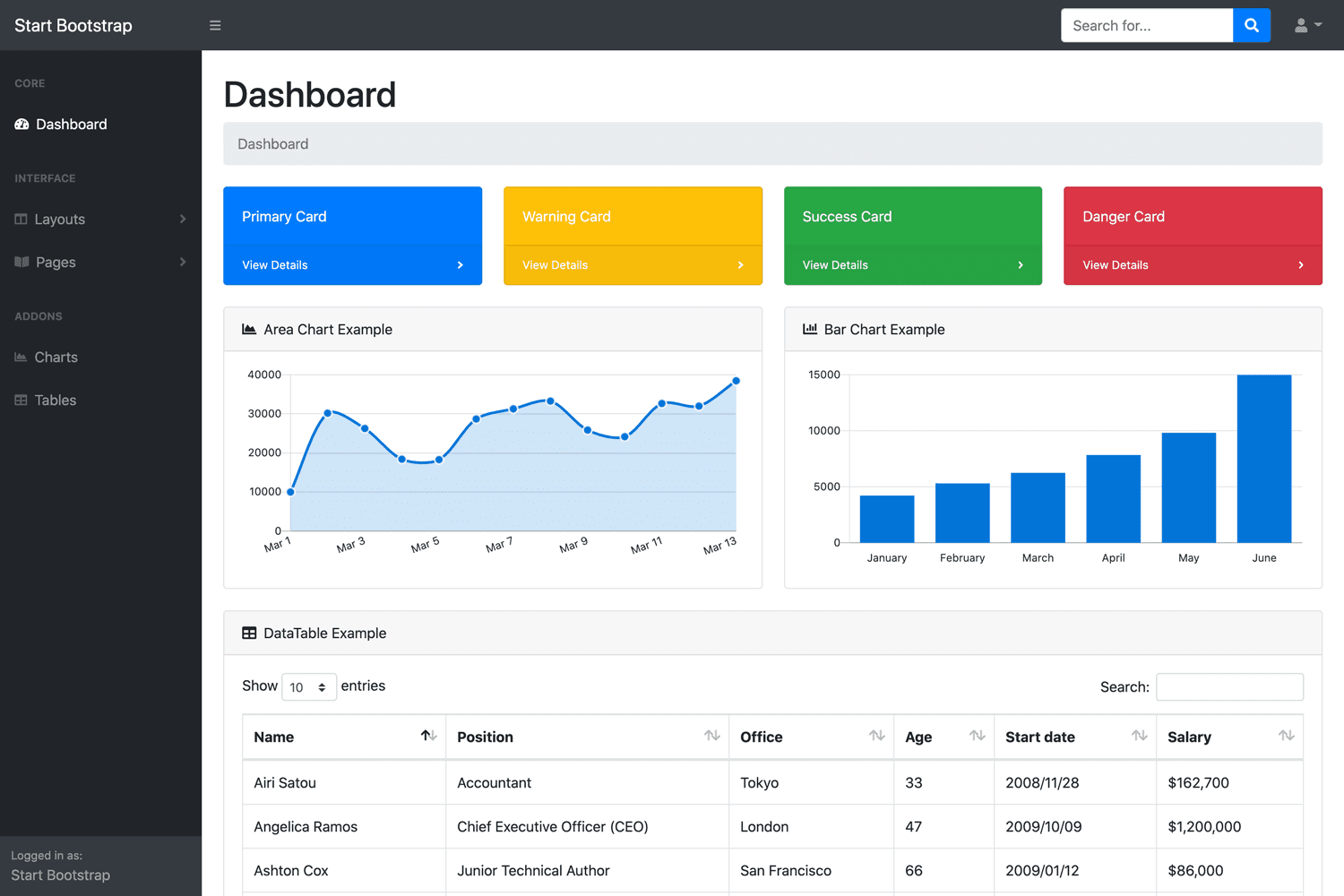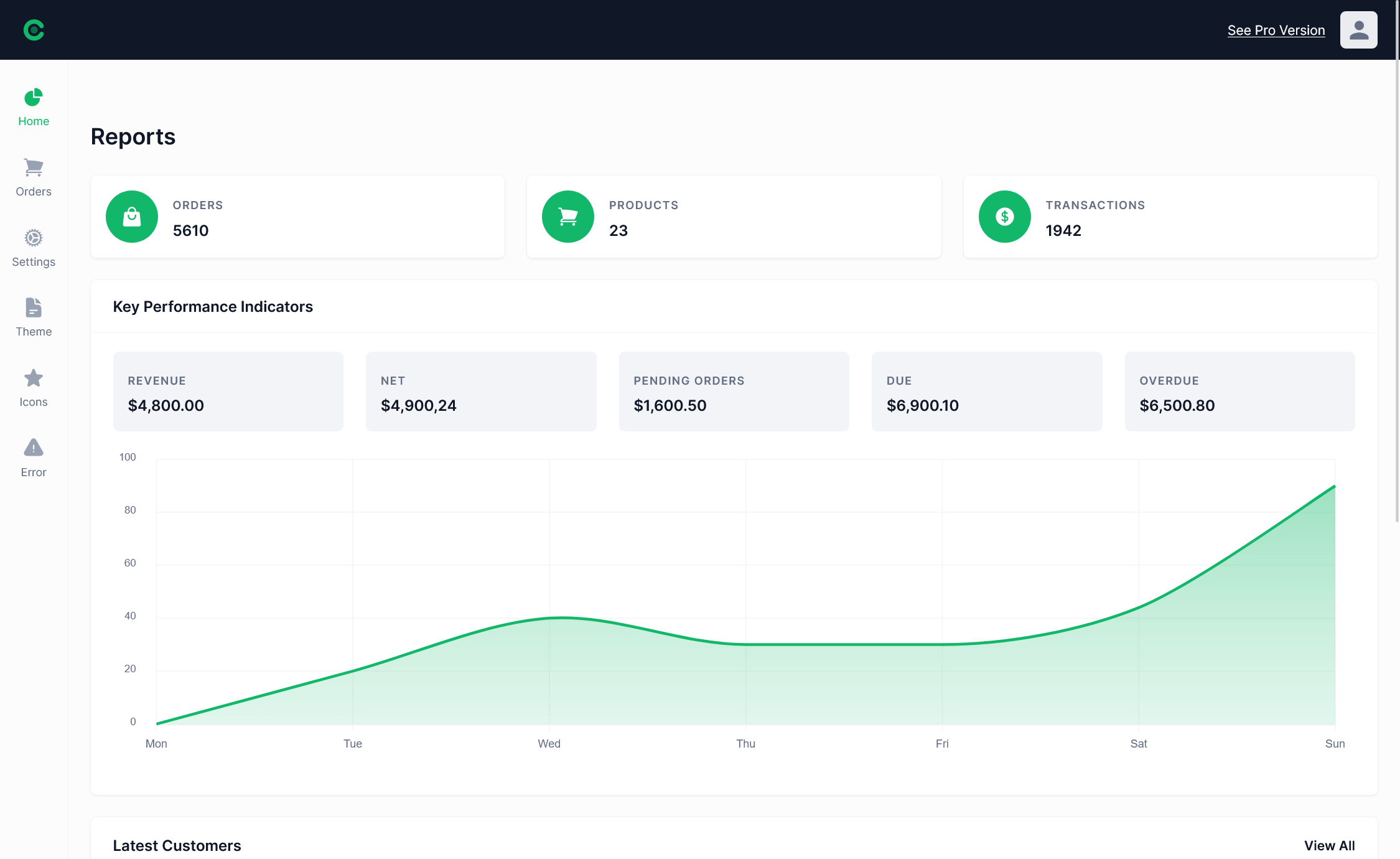Working with ActionResults in Web API
By Tan Lee Published on Mar 08, 2020 452
Getting started
To create a Web API project, start by creating a blank ASP.Net project in Visual Studio 2022 and selecting the Web API template.
After saving the project, right-click the Controllers folder, choose "Add" -> "Controller", and select "Web API 2 Controller – Empty". Name the controller (e.g., "DefaultController") and save it.
Let's create an entity class named Customer.
public class Customer
{
public int Id { get; set; }
public string Name { get; set; }
public string Email { get; set; }
}Next, add the following method to the CustomerController:
public CustomActionResult<Customer> Get()
{
Customer customer = new Customer
{
Id = 1,
Name = "John Doe",
Email = "[email protected]"
};
return new CustomActionResult<Customer>(HttpStatusCode.OK, customer);
}Note the usage of the CustomActionResult class while returning data from the controller method. We will create the CustomActionResult class to ensure the code compiles, and implement it later:
public class CustomActionResult<T> : IHttpActionResult
{
public Task<HttpResponseMessage> ExecuteAsync(CancellationToken cancellationToken)
{
throw new NotImplementedException();
}
}Working with ActionResults
Your Web API controller can return any one of the following value types:
- HttpResponseMessage: Converts the return value into an HTTP response message and returns it.
- IHttpActionResult: Simplifies unit testing and wraps the creation of an
HttpResponseMessageobject. - void: Returns an empty HTTP response with status code 204.
- Other types: Uses a media formatter to serialize and return data with a status code of 200.
The following code snippet shows how you can return an HttpResponseMessage from your Web API controller method:
[Route("customer")]
public HttpResponseMessage Get()
{
HttpResponseMessage message = Request.CreateResponse<Customer>(HttpStatusCode.OK, customer);
return message;
}Creating a Custom ActionResult
To create a custom ActionResult class, implement the IHttpActionResult interface and override the ExecuteAsync method.
Here’s a code snippet for creating a custom action result using Generics:
public class CustomActionResult<T> : IHttpActionResult
{
private HttpStatusCode statusCode;
private T data;
public CustomActionResult(HttpStatusCode statusCode, T data)
{
this.statusCode = statusCode;
this.data = data;
}
public Task<HttpResponseMessage> ExecuteAsync(CancellationToken cancellationToken)
{
return Task.FromResult(CreateResponse(this.statusCode, this.data));
}
private HttpResponseMessage CreateResponse(HttpStatusCode statusCode, T data)
{
HttpRequestMessage request = new HttpRequestMessage();
request.Properties.Add(HttpPropertyKeys.HttpConfigurationKey, new HttpConfiguration());
return request.CreateResponse(statusCode, data);
}
}Consuming the Web API
To consume the Web API, create a console application and install the WebApiContrib.Formatting.ProtoBuf package via NuGet.
Here’s an example code for consuming the Web API:
static void Main(string[] args)
{
var client = new HttpClient { BaseAddress = new Uri("http://localhost:37019/") };
HttpResponseMessage response = client.GetAsync("api/Customer").Result;
if (response.IsSuccessStatusCode)
{
Customer customer = response.Content.ReadAsAsync<Customer>().Result;
Console.WriteLine("Id = " + customer.Id + " Name: " + customer.Name + " Email: " + customer.Email);
}
else
{
Console.WriteLine("{0} ({1})", (int)response.StatusCode, response.ReasonPhrase);
}
Console.ReadKey();
}- Implement security headers for an ASP.NET Core
- How to add security headers to an ASP.NET Core Application
- How to Initialize TagHelpers in ASP.NET Core with Shared Data
- Boost Your ASP.NET Core Website Performance with .NET Profiler
- The name 'Session' does not exist in the current context
- Implementing Two-Factor Authentication with Google Authenticator in ASP.NET Core
- How to securely reverse-proxy ASP.NET Core
- How to Retrieve Client IP in ASP.NET Core Behind a Reverse Proxy





